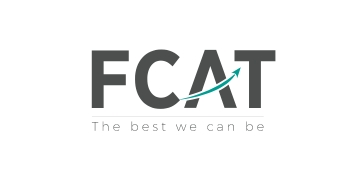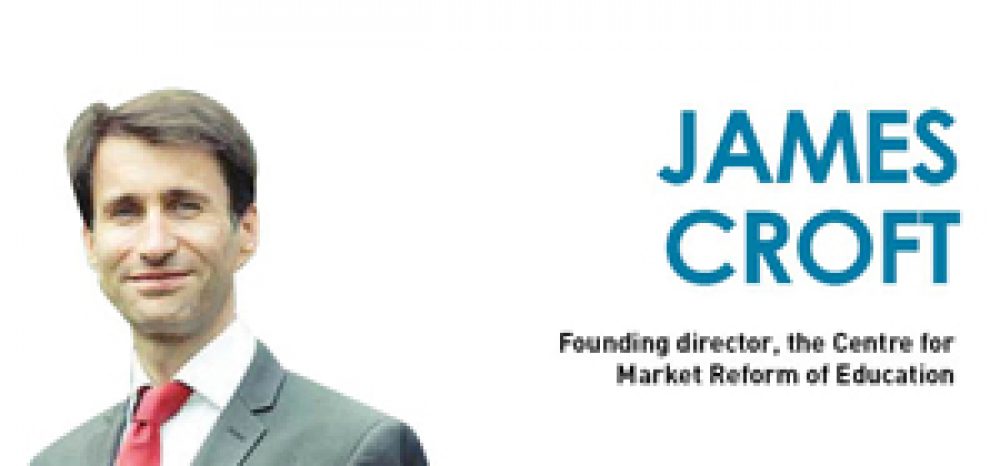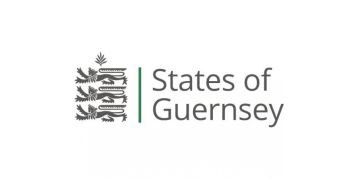The evidence is clear: local schools favour well-off parents, while more enrolment in publicly-funded private schools increases equity. The government should be encouraging more private providers to enter the market
Every child should have the opportunity to succeed educationally. But for many, education equity is hard to come by. Disadvantage has proven stubbornly difficult to counteract over several decades. The performance gap between the richest and the poorest has remained persistently large; regional inequalities have, if anything, increased; ethnic differences in attainment have become more marked.
In this country, at least among education professionals, developing school choice as a policy option is generally considered irrelevant to addressing these problems, and one that may even exacerbate them. Choice, it’s argued, favours better off and better-educated families over those without the means to interpret and act upon the information offered to help them decide. Much further down this road and it would be winners and losers in a zero-sum game. Indeed, it is for this reason that, in most countries, the local school model prevails, and reform efforts focus on trying to provide a uniform national standard of provision across the schools landscape.
School choice means improved outcomes for all
But it’s quite simply a myth that local schooling is the equitable alternative to school choice. On the local school model, even if tempered by the right to prefer, pupil allocation mechanisms are proximity-based, which means the status quo already favours the better off and better educated, who can, and do, buy their way into and out of catchment to ensure success. The effect of school improvement on house price premiums is a discernible and well-known phenomenon. Good and improving schools have a gentrifying effect on their catchments, which over time squeezes out the less fortunate. Ironically, therefore, the local school model essentially allows well-off parents to purchase a better education – by paying the extra premium incorporated into their house prices – in stark contrast to its proponents’ intentions.
At a recent conference on school choice convened by the Centre for the Study of Market Reform of Education, this issue elicited some strong views – though intriguingly almost all saw it as a question of how to manage parents’ choices generally, rather than how to overcome the distorting effect of residential sorting in a proximity-based system (an issue of design).
This distinction is key to understanding the research literature on the subject (which we have surveyed extensively), since almost all studies looking at the effect of school choice programmes on segregation and inequality do not account for this, nor indeed for the decisions of those who opt out in favour of fee-based private alternatives. So on the face of it, the picture is mixed – some studies finding the gaps between schools in terms of pupil composition and achievement increasing with school choice, others finding no effect – but when school choice is decoupled from pupil residence, residential segregation appears to decrease. At the same time, evidence suggests that parental preference of fee-based private alternatives also decreases as more publicly-funded options are made available, thus encouraging integration – a phenomenon reported to be now occurring in England.
As far as the charge goes that school choice gives rise to less equitable outcomes in the education system, the picture is much more clear-cut. There’s cross-national research indicating that higher enrolment in publicly-funded private schools increases equity by decreasing the role of family background on international test scores. There’s international research to the effect that choice decreases the role of family background on achievement. There’s also research suggesting that school choice has no impact on achievement differences between pupils. Other research suggests that pupils from different backgrounds benefit from choice to roughly the same degree overall. Importantly, there’s no convincing evidence out there to suggest that it adversely affects anyone’s learning or life chances.
In other words, school choice has a mixing effect when it’s institutionalised, and, largely due to the attendant effect of schools competing for pupils, it ensures improved outcomes for all. The question then ought to be how we can optimise it through supporting measures geared to ensuring that new providers find the market sufficiently attractive to get involved, new schools can be run viably, good schools are incentivised to grow, failing schools are closed, and the school transportation system is adequate to demand.







Pupil allocation isn’t just ‘proximity based’. Prioritising siblings, for example, creates difficulties for local parents who are seeking a place for a child with no siblings already in the school.
Schools which are their own admission authorities (academies, VA and Foundation Schools) can set their own admission criteria. These criteria can actually discourage pupils from close proximity by setting up complex criteria of the kind which caused the Schools Adjudicator concern. The problem is made worse when faith schools discriminate against children of parents who are of a different or no faith. And a child who fails the 11+ won’t be able to apply to the grammar even if it’s the nearest school.
‘Publicly funded, private schools’ – that’s academies, then. James Croft says increasing enrolment in academies over non-academies would increase equity. But the majority of primary schools are non-academies. And a large number of secondary schools, albeit the minority, are also non-academies. How would equity be served by encouraging enrolment in academies at the expense of non-academies?
Everyone wants choice, right? We would all like a wider choice of shops, for example, but if the local area can’t sustain a large choice, then that choice isn’t going to happen.
Choice in a school context would mean always keeping more places available nationally in schools than there are pupils. But this is unaffordable. James Croft’s suggestion is that popular schools expand and failing ones close. But schools haven’t got elastic walls – and erecting huts on the school playing field in order to cope with demand can have negative consequences. Closing failing (ie unpopular) schools? Where would the displaced pupils go? To the ever-expanding popular ones, perhaps, which would be faced with a sudden influx of pupils? Or would they be dispersed to any schools which will take them regardless of parental preference?